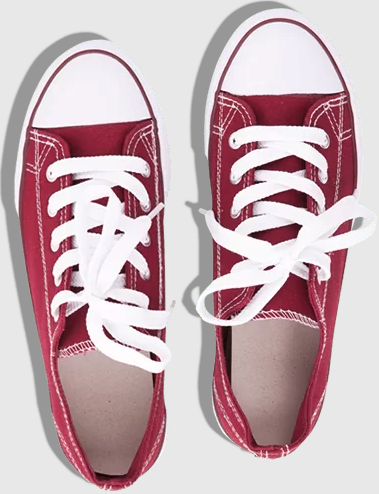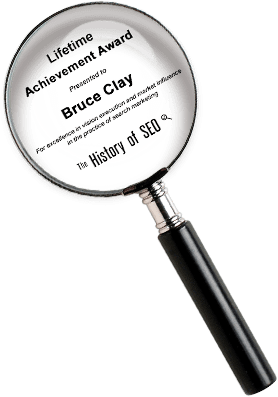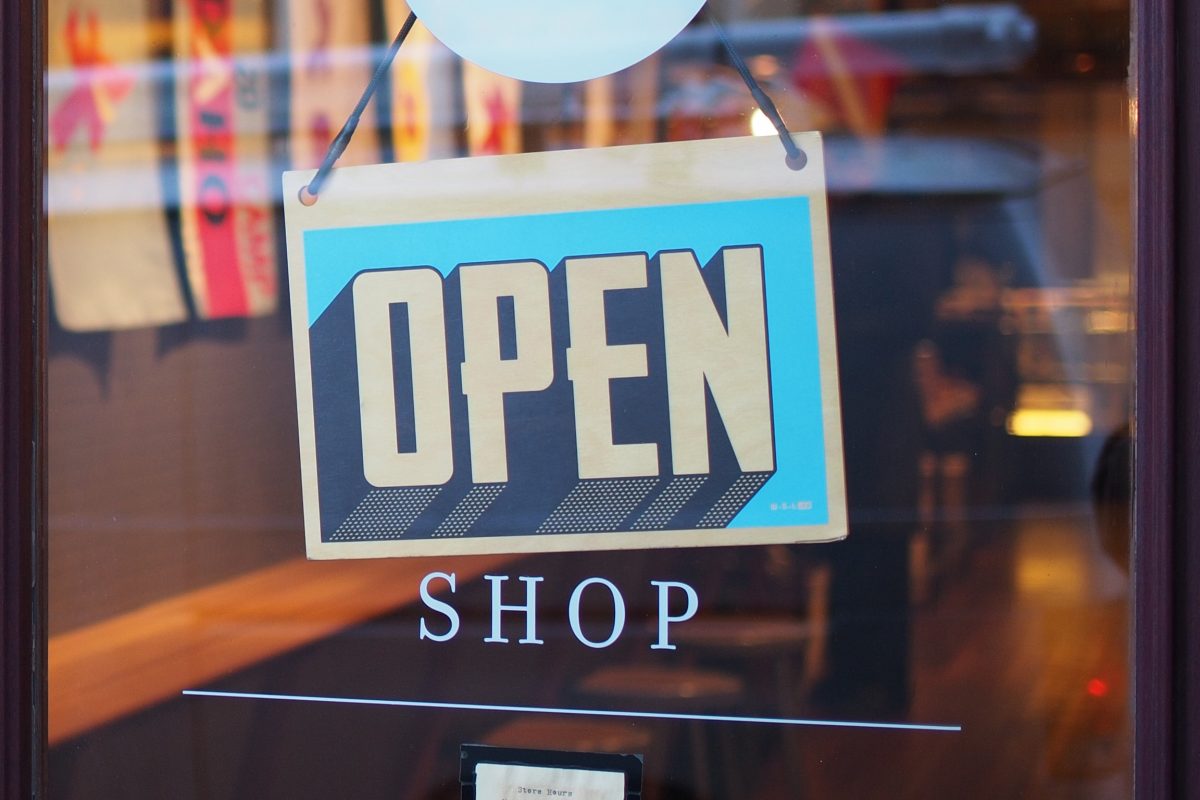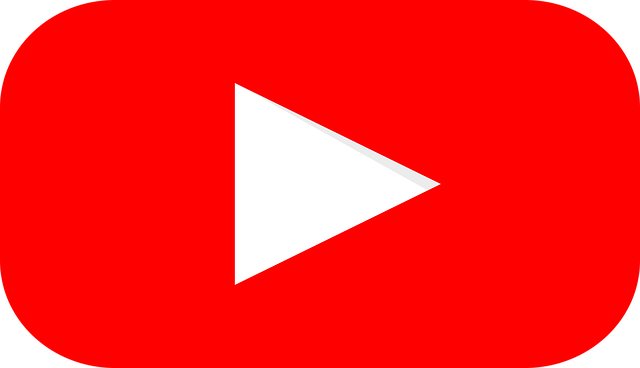How to Program a Podcast: Expert Tips for Success
Do you want to start your podcast? Podcasting is a popular way to share valuable content with your audience and engage them. I am an expert in this field and have gathered some tips that will help you create a successful podcast. In this article, we will focus on key aspects of podcasting, with a particular emphasis on content development and engagement. Let’s get started!
- Find your rhythm: use a format that works
- Don’t be shy: tap into your network
- Use hot topics and guest promotions to maximize your marketing
- Stick to deadlines
- Spark engagement: the more the merrier
- FAQ: How can I program a podcast for success and engage my audience effectively?
1. Find your rhythm: Use a format that works
The first step to programming a podcast involves establishing a format that suits your goals and resonates well with your audience. Define your show’s theme and duration. Decide whether you’ll have a host or feature guest speakers. If you have a busy host, you might consider having them participate in the first segment, and then interviewing experts in the second. Finalize the show with a roundtable discussion featuring guest hosts. This format will ensure a dynamic, engaging podcast experience.
2. Don’t be shy: Tap into your network
Finding the right guests to join your podcast is essential for gaining valuable insights and diverse perspectives. You need to overcome your shyness and actively look for opportunities to invite guests who are knowledgeable and passionate about the topics you cover. Engage with experts via social media platforms such as Twitter or meet potential guests at industry events. Don’t be afraid to approach prominent figures in your industry. A simple invitation can sometimes lead to a fascinating interview and unexpected opportunities.
3. Use hot topics and guest promotions to maximize your marketing
Take advantage of the hot topics in your field and the promotional power of guests to increase the visibility of the podcast. Guests are often grateful for media attention and will likely promote the episodes in which they appear. This mutually beneficial arrangement can help you expand your audience. Consider addressing broader topics that are of interest to the guests. This will add variety and engage a wider audience. Consider your podcast a platform that offers both entertainment and education to your listeners.
4. Stick to deadlines
Consistency is the key to building a loyal following. Stick to a regular schedule of programming. By regularly releasing your podcast, you allow your audience to integrate it into their daily routine. Even though maintaining a regular schedule can be difficult, you should persevere and deliver the episodes you promised. Even if your audience is small, you can still build a library of content that will be useful when your show becomes more popular. Your commitment to your listeners will establish you as an expert in your field.
5. Spark Engagement: The More the Merrier
For long-term success, it is important to create a community around your Podcast. By providing discussion platforms, you can encourage interaction and engagement between your listeners. You can use a blog or forum to facilitate discussions about your episodes, even though traditional podcasting platforms do not have live chat functionality. This creates a sense that the listener is part of something and encourages them to participate. Remember that the true value of a podcast is in the meaningful connections made with your audience.
The programming of a podcast is a complex process that requires careful consideration. By choosing a suitable format, inviting engaging guests, promoting engaged discussions, maintaining consistency, as well as fostering an active online community, you can create podcasts that resonate with your target audience, and stand out in the crowded landscape of podcasting. Start using these expert tips to take your podcasting journey to new heights.
Ready to elevate your podcasting game and captivate your audience? Let our SEO marketing agency fine-tune your strategy for success—get in touch today. Contact us.
FAQ: How can I program a podcast for success and engage my audience effectively?
Success isn’t just about hitting the record button and hoping for the best. It’s a carefully crafted art that combines technical finesse with audience engagement strategies. As an expert in the field, I’m here to guide you through the key steps to program a podcast for success and captivate your audience effectively.
- Understanding Buyer Intent:
When diving into the podcasting realm, it’s crucial to comprehend the buyer intent search terms. Your potential audience is likely searching for phrases like “best podcast content,” “engaging podcast strategies,” or “how to start a successful podcast.” Addressing these intent-based queries in your content establishes immediate relevance.
- Niche Expertise:
Identify your niche and showcase your expertise. Whether it’s tech, business, or lifestyle, a well-defined niche helps attract a specific audience. Tailor your content to cater to the needs and interests of your target demographic, increasing the chances of creating a loyal listenership.
- Quality Production:
Invest in good audio equipment. Crystal-clear sound is non-negotiable. Audiences are discerning, and poor audio quality can turn them away faster than you can say “subscribe.” Consider using professional microphones, soundproofing, and editing tools to ensure your podcast sounds as polished as possible.
- Engaging Content Format:
Experiment with different content formats. While interviews are popular, don’t be afraid to intersperse them with solo episodes, storytelling, or even roundtable discussions. Variety keeps your content fresh and caters to different listener preferences.
- Consistency is Key:
Establish a consistent schedule. Whether you release episodes weekly, bi-weekly, or monthly, stick to a schedule. Consistency builds anticipation, and your audience will come to expect and look forward to your content.
*Pro Tip:* Implementing a teaser strategy—offering a sneak peek into upcoming episodes—can create buzz and keep your audience eagerly awaiting each release.
A Step-by-Step Guide to Podcast Success:
- Research Your Audience:
Understand your target audience’s preferences and tailor your content to their interests.
- Optimize for Search:
Use relevant keywords in your podcast title, description, and episode titles to improve discoverability.
- Invest in Quality Equipment:
Acquire a reliable microphone, headphones, and soundproofing to ensure professional-grade audio.
- Plan Diverse Content:
Experiment with various content formats to keep your audience engaged and interested.
- Create a Content Calendar:
Establish a consistent release schedule to build anticipation and maintain listener loyalty.
- Implement Teasers:
Release short teaser clips to generate excitement and give a preview of upcoming episodes.
- Engage with Your Audience:
Foster a sense of community by responding to listener feedback and incorporating their suggestions.
- Promote Across Platforms:
Share your episodes on social media, podcast directories, and relevant online communities.
- Collaborate with Influencers:
Partner with influencers or experts in your niche to expand your podcast’s reach.
- Monitor Analytics:
Track listener analytics to understand what resonates with your audience and adjust your content strategy accordingly.
- Adapt and Evolve:
Stay abreast of industry trends and be willing to adapt your content to meet the evolving preferences of your audience.
- Offer Value:
Provide valuable insights, information, or entertainment in every episode to keep your audience coming back for more.
- Build a Strong Brand:
Develop a unique and recognizable brand for your podcast, including a distinct logo, tagline, and consistent visual elements.
- Network with Other Podcasters:
Collaborate with fellow podcasters to cross-promote and tap into each other’s audiences.
- Encourage Listener Participation:
Incorporate Q&A sessions, polls, or contests to encourage listener participation and interaction.
- Stay Authentic:
Be genuine and authentic in your delivery. Audiences appreciate sincerity and realness.
- Optimize Your Website:
Create a user-friendly website with show notes, transcripts, and additional resources to enhance the listener experience.
- Seek Sponsorships:
Explore potential sponsorship opportunities to monetize your podcast and invest in its growth.
- Stay Informed about Trends:
Regularly educate yourself on industry trends, technology advancements, and audience preferences.
- Reflect and Refine:
Regularly evaluate your podcast’s performance, gather listener feedback, and refine your approach for continuous improvement.
Programming a podcast for success involves a strategic combination of technical prowess and audience engagement. By understanding buyer intent, optimizing content, and consistently delivering value, you can not only capture but also retain a devoted audience. Remember, the key is to adapt, evolve, and continuously refine your approach to stay ahead in the dynamic world of podcasting. Happy podcasting!
This article was updated on December 19, 2023.
26,000+ professionals, marketers and SEOs read the Bruce Clay Blog
Subscribe now for free to get:
- Expert SEO insights from the "Father of SEO."
- Proven SEO strategies to optimize website performance.
- SEO advice to earn more website traffic, higher search ranking and increased revenue.

2 Replies to “How to Program a Podcast: Expert Tips for Success”
Thanks Virginia,
I’ve bookmarked this for if I ever get round to starting up my podcast! Hopefully your advice will be as helpful as it looks.
LEAVE A REPLY









